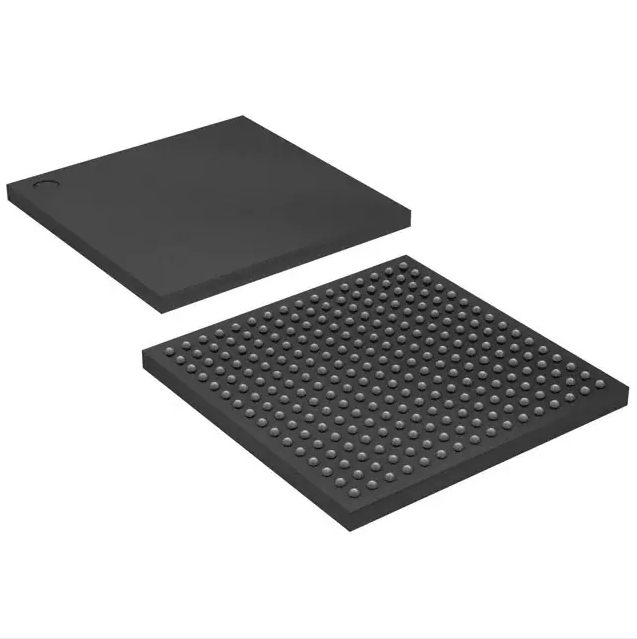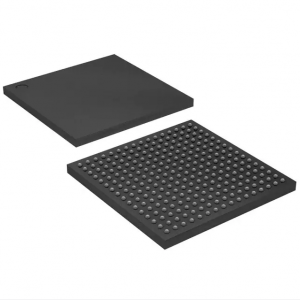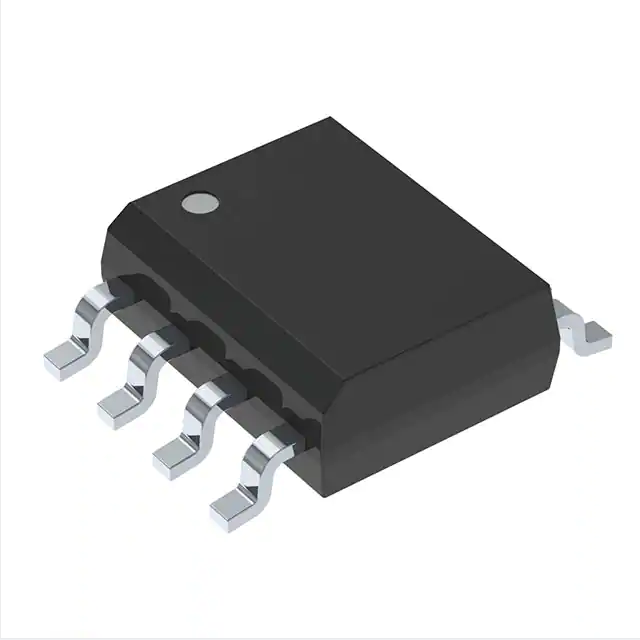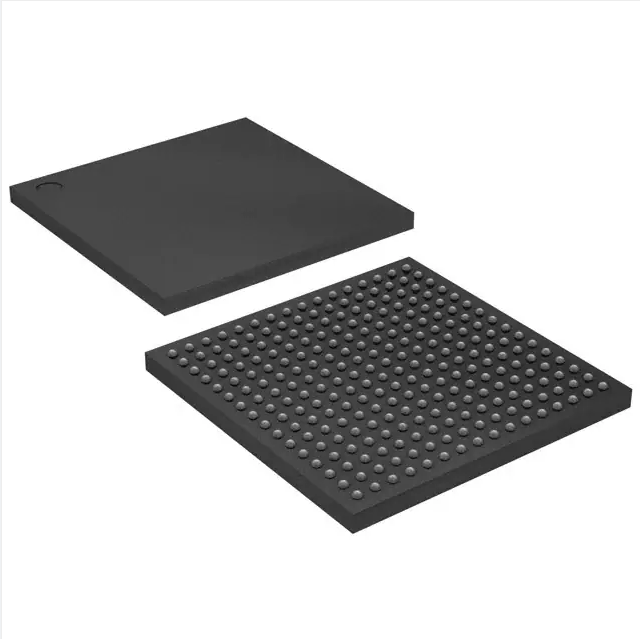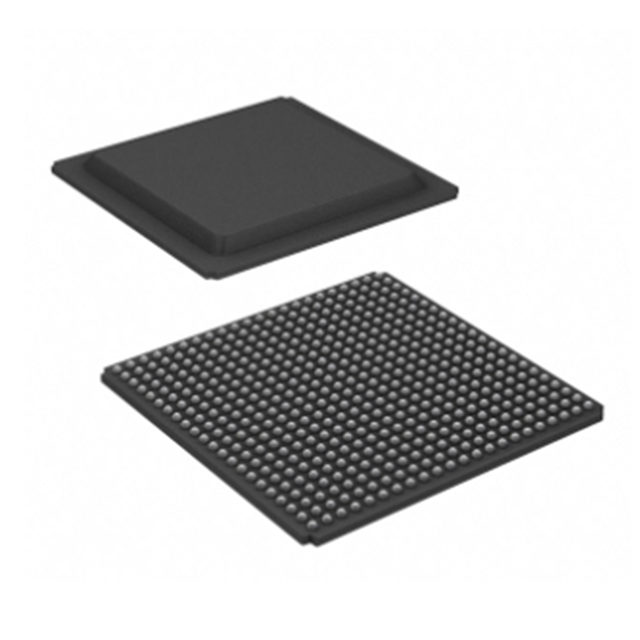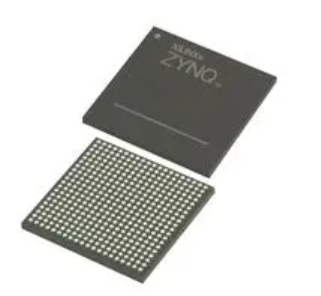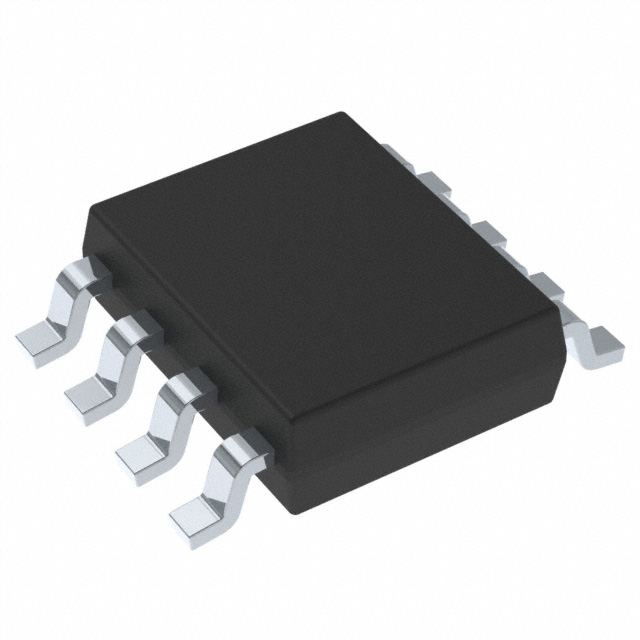Original Electronic Component IC Chip Integrated Circuit XC7A50T-2FTG256C IC FPGA 170 I/O 256FTBGA
Product Attributes
| TYPE | DESCRIPTION |
| Category | Integrated Circuits (ICs) |
| Mfr | AMD Xilinx |
| Series | Artix-7 |
| Package | Tray |
| Standard Package | 90 |
| Product Status | Active |
| Number of LABs/CLBs | 4075 |
| Number of Logic Elements/Cells | 52160 |
| Total RAM Bits | 2764800 |
| Number of I/O | 170 |
| Voltage – Supply | 0.95V ~ 1.05V |
| Mounting Type | Surface Mount |
| Operating Temperature | 0°C ~ 85°C (TJ) |
| Package / Case | 256-LBGA |
| Supplier Device Package | 256-FTBGA (17×17) |
| Base Product Number | XC7A50 |
Xilinx: Programmable logic devices help bring autonomous driving to reality
The automotive industry is being redefined with the rapid development of information and connectivity technologies. Self-driving technologies are enabling increasing levels of automation in cars, where computer vision is gradually transitioning to neural network AI, allowing us to optimize autonomous driving with programmable logic. In addition to the external environment of the car, there is a major trend towards enhanced internal monitoring, both of the driver and the passengers. The application of scalable technologies in this process can enable a huge shift in the industry, including the consequent transformation of transportation and service delivery, as well as nascent business models.
As the world’s leading provider of complete solutions for programmable logic, Xilinx has a wide range of products in the automotive sector, covering many different applications in the car. Recently, Xilinx launched two new products, ZU7EB7 and ZU7EB11, while taking autonomous driving technology to a new level. At the same press conference, Dan Isaacs, Director of Automotive Strategy and Customer Marketing at Xilinx, shared the features of Xilinx products, the advantages of FPGAs, and autonomous driving technology.
Integrating adaptive, scalability
In terms of background and experience, Xilinx has very deep experience in the automotive sector. From supplying 14 brands and 29 models in 2014, it has grown to 29 brands and 111 models in 2018. In autonomous driving, Xilinx products are present in many manufacturers’ products and platforms, including Baidu’s Apollo, BYD, Daimler, Magna, ZF, and Pony Smart. Dan Isaacs described Xilinx’ product devices as covering all possible customer needs from small to large, whether it is edge sensors or pre-controllers for centralized processing.
On the path of exploring autonomous driving technology, some traditional manufacturers tend to go for panoramic ring detectors first, moving from outside the car to inside the car, and then doing ADAS pre-controllers and so on. Internet technology companies like Baidu, tend to choose another non-traditional path and adopt the approach of doing centralized processing modules directly to achieve autonomous driving. At present, Xilinx’ products and solutions have covered all the elements in both paths. In LiDAR, for example, more than 30 companies are using Xilinx products and technologies.
Dan Isaacs said that the question of how to be safer is always on the minds of Xilinx. As the requirements for sensors continue to increase, so do the requirements for data processing, which requires that these systems and devices in the car are scalable. The functionality and technology of the Xilinx Autonomous Driving Central Module, both in terms of data integration and sensor fusion, demonstrates once again that Xilinx’s technology is very scalable, from very small devices to very large ones.
In addition, Xilinx products and chips are highly adaptive and can meet changing needs, whether they require more sensors or higher computing performance. For example, LIDAR, there are more than 50 LIDAR companies, and they all process data and collect data in different ways, so they want to be able to collect data in different ways. Dan Isaacs stressed that only a scalable and adaptive product can meet the constant iteration of products and technologies.
Unique and advantageous technologies and products
In autonomous driving systems, sensor fusion is a very important direction, which can combine the advantages of different sensors to provide better signal input. Using Xilinx’s FPGA solutions, the fusion of sensor signals can be better implemented, thus providing great advantages and convenience to the sensing system. Dan Isaacs said that the following advantages are offered by Xilinx’ product solutions.
First, high throughput and low latency. Typically, traditional CPUs, GPUs, or DSPs can achieve high throughput, but not low latency. With a Xilinx FPGA solution, high throughput and low latency can be achieved at the same time, with a 12x increase in relevant capacity and 1/10th of the energy consumption of general-purpose computing architectures, in addition to very strong timing.
Secondly, it enables on-chip and in-run reconfiguration. This is also related to its adaptive nature, as Cyrix products and technologies do not require the introduction of new devices to enable on-the-fly reconfiguration. For example, in the MIPI protocol, where data rates are increasing, FPGA solutions do not need to change the original devices but can support high data rates through programmable logic changes.
Again, Xilinx’s FPGA solutions have DFX, or Dynamic Function Exchange, capability. There is no need to reboot or switch off the devices to swap functions between them. For example, the I/O or sensors do not need to be changed much, but only a part of the programmable logic is used for the change.
In short, in addition to high performance and low latency, Xilinx’ products and technologies can help customers to achieve dynamic function swapping or in remote hardware, i.e. chip updates, through programmable logic. This allows for a very comprehensive and scalable solution, including the I/O requirements for sensing information, as well as the ability to accelerate, and the ability to aggregate, pre-process and distribute data. The ability to collect all the data from the smaller devices at the edge for processing, and then process it with the larger device, the central pre-processor. Together with ADAS, this enables heterogeneous computing, helping vector engines, AI engines, and various engines to achieve heterogeneous computing.






